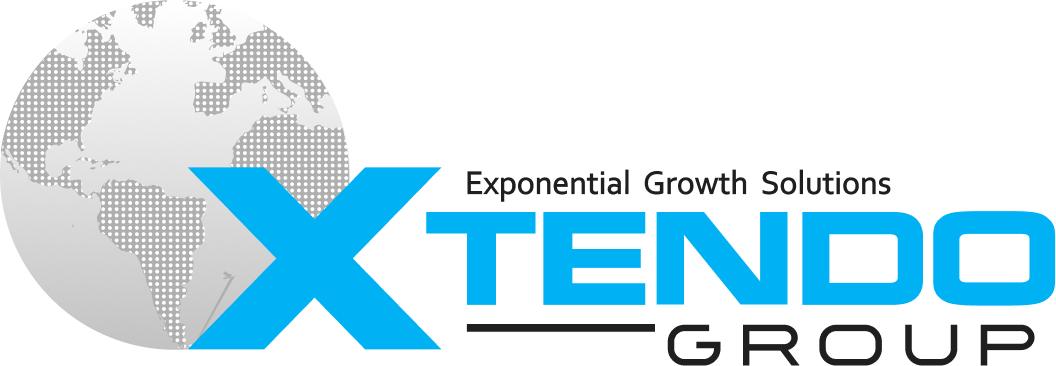September 7, 2022
What is Staff Augmentation?
Staff augmentation is the process of hiring niche specialists and staff for a company based on specific needs and requirements.
The staff augmentation strategy is used by companies to staff their projects and meet deadlines successfully. This technique involves evaluating employees and determining the additional skills needed for the position to be filled.
In simple terms, staff augmentation refers to the temporary use of external personnel to enhance a company’s capabilities. It’s important to note that this external staff integrates into your company’s core team and dedicates itself exclusively to the tasks assigned in the project.
In contrast to the traditional hiring system, this expansion is not permanent but a temporary filling of a clear gap in the contractual framework. The company implementing this labor strategy is not responsible for the administrative aspects of this temporary team, unlike with permanent staff members.
Outsourcing provides the opportunity to use external labor as a business strategy to hire specialized services from abroad for tasks that are generally not performed in the company. This temporary team expansion helps meet project timelines or scale products in the short, medium, and long term.
The Difference Between Staff Augmentation and Outsourcing
The main difference between staff augmentation and outsourcing is that, in outsourcing, the project control lies with the provider, who also takes responsibility for managing the project and delivering the final tested product. On the other hand, staff augmentation provides in-house software engineers who work alongside the company’s team to achieve results.
Additionally, in the staff augmentation model, payments for salaries and social security often remain the responsibility of the resource provider, leading to significant reductions in operational costs.
Staff Augmentation: The Advantages of the Model
In summary, the following are some of the benefits of this model:
- Preserve revenue: Full-time hires for specific projects take more time, money, and effort than necessary. Instead, companies can increase specific teams with specialized experts who work only for the short term. This avoids costs related to salaries and other expenses associated with full-time employees.
- Save on infrastructure: If the company is small, there’s no need to set up new offices for the new hires, as, with this model, they can work remotely, connecting via video calls to solve problems.
- Greater scalability: The reduction in time and the hiring of specific talents helps the company scale its business faster than if it had to hire new full-time employees. Staff augmentation allows companies to scale their workforce more cost-effectively. In most industries, a company’s workload constantly varies in size, and temporary staff is the solution to manage both current and future demands.
- Efficiency: Outsourcing enables companies to maintain control over the skills and experience required from temporary staff.
The main benefit of this is that companies have the ability to oversee the sequence of their temporary hires, as they are likely working alongside their full-time staff.
Staff augmentation allows companies to maintain the confidentiality of their projects and provide real-time updates and recommendations.
- No geographical limits: Staff can be hired from anywhere in the world, without geographical or physical interruptions, and companies can access highly skilled professionals, even if they are not in the country or continent where they were hired.
- Adaptability and expansion: Flexible hiring allows companies to expand their operations on a trial basis without investing in full-time labor. Staff augmentation benefits companies by allowing them to hire on a project basis to test their acceptance in new markets. Expanding the team opens doors for businesses looking to grow.
Staff Augmentation: 5 Tips for Successful Implementation
While staff augmentation is a practical alternative for expanding a business temporarily, attention should be given to five tips to ensure that the integration between the core team and the temporary team is successful and that the expected results are achieved:
- Evaluate the core team: Before hiring temporary staff to cover the company’s needs, the strengths and weaknesses of the core team should be analyzed to determine the skills that are missing for current and future projects.
Once the missing talents are identified, the company should assess which skills are required in the short or long term. If it’s for the long term, direct and classic hiring may be more appropriate. For short-term needs, staff augmentation is ideal. - Selection of team members: Loyalty, sacrifice, and previous experience are key human values to consider when hiring staff.
- Role distribution: The tasks of the workers should be clear from the outset to avoid potential shortcomings.
- Establish contract clauses: To avoid misunderstandings, it is crucial to establish the aspects that could cause potential disputes.
- High commitment: New hires must be fully committed to the project, even though their relationship is temporary.
Staff Augmentation in the Technology Sector
One of the keys to a company’s successful operation lies in the connection between the team and the technology.
Pre-established working hours and rigid job positions have become outdated. Today, flexibility and cooperation, combined with technology, are the norm.
In many cases, technology helps eliminate a series of conversations that are unnecessary when solving problems.
The challenge is to ensure that workstations are interconnected so that the employee becomes more productive. In this mobile vision of workstations, technology acts as the glue that holds workers together.
Technological tools like web or mobile applications offer a framework for dynamism and flexibility, allowing workers to cooperate on a common project.
At Xtendo, we specialize in providing solid end-to-end highly-customized technological solutions. We work with companies of all sizes, from startups to some of the largest corporations in the world.
We provide your organization with Staff Augmentation services, supplying software engineers. These engineers work as part of your internal team, attend daily meetings, and report directly to your managers, becoming a true competitive advantage for your business.
They have extensive industry knowledge to support the development cycle of your internal team and are distributed throughout Latin America, aligned with your time zone for more efficient daily interactions and higher productivity.
Additionally, all our engineers are fluent in English and can communicate effectively with your local team, providing talent without borders.
Our IT Staffing service offers the dynamism, flexibility, and professional expertise your team needs to scale quickly and complete projects on time.

